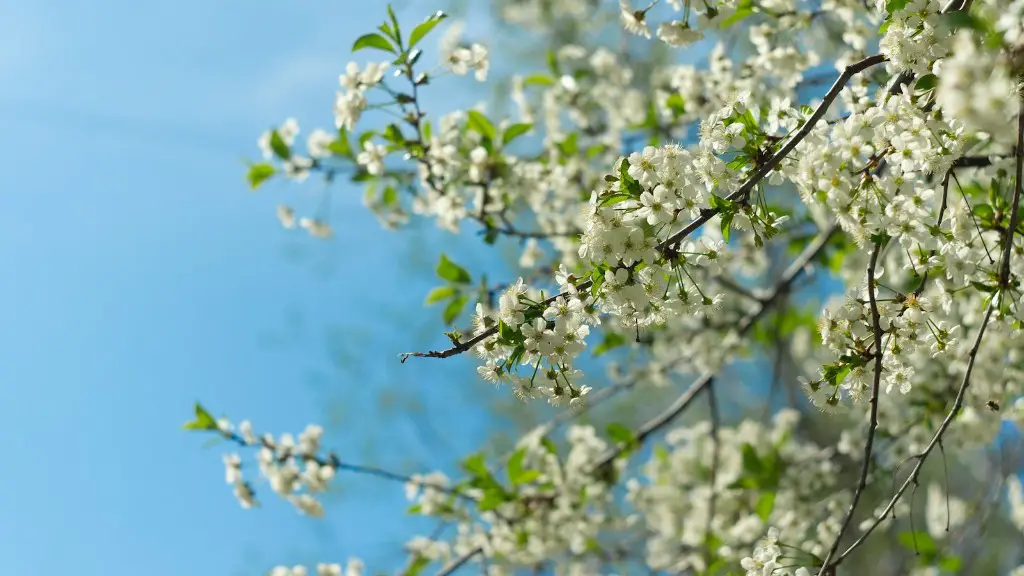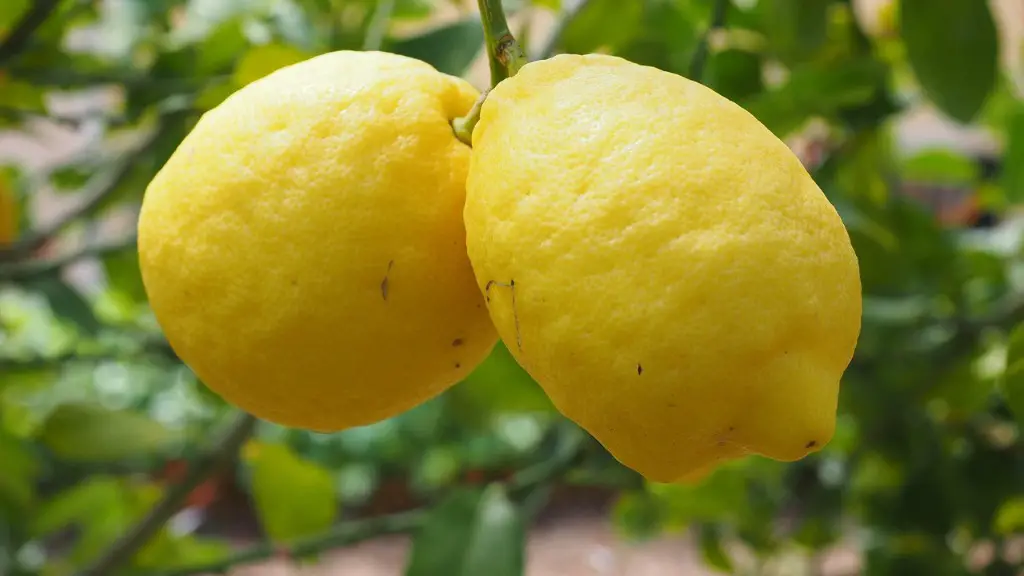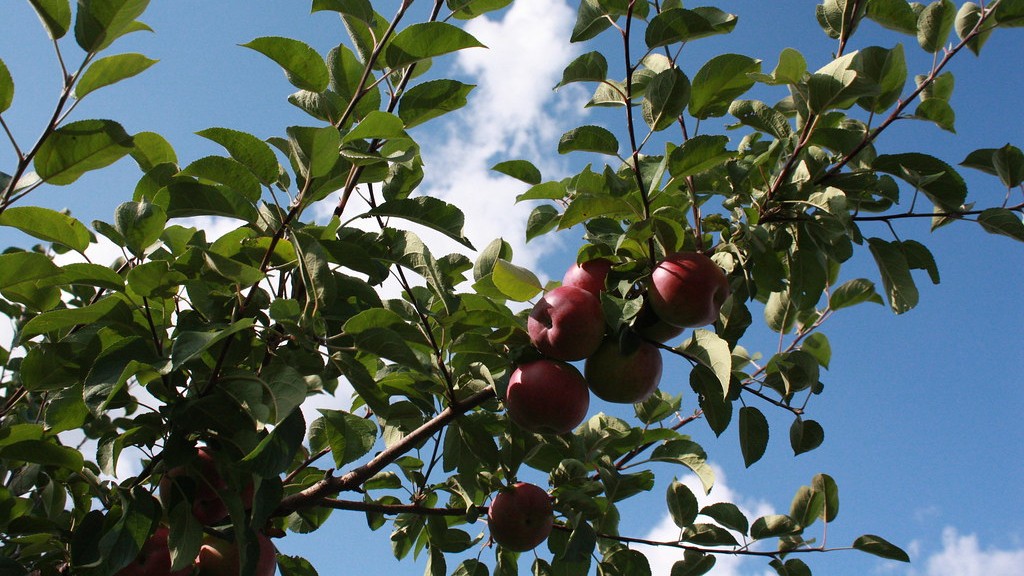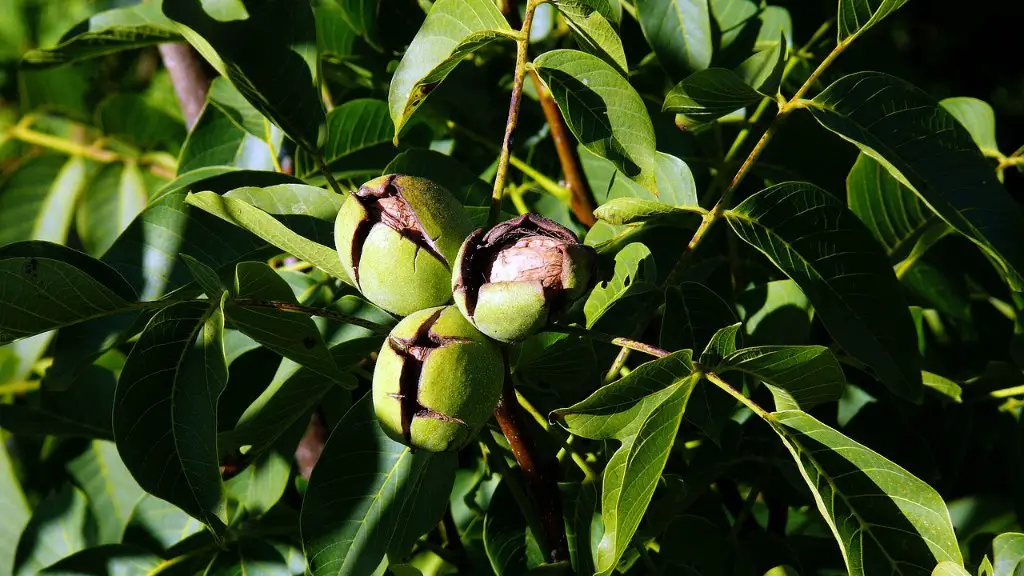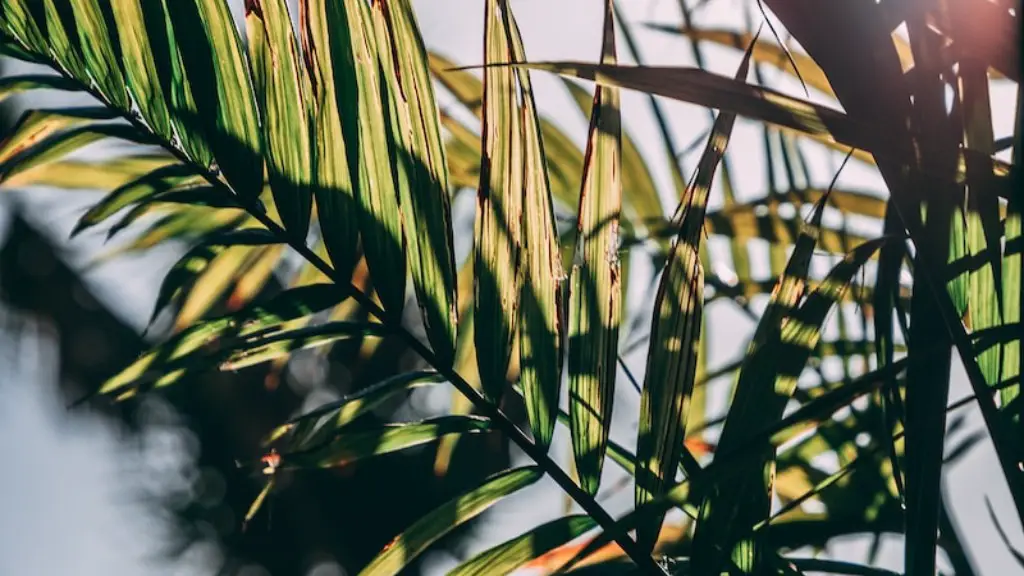Fruit trees such as apples offer a wide range of benefits to their owners. Whether you want to harvest fresh apples or are simply looking for an ornamental tree, you can easily find the right type of apple tree to suit your needs. Where can you get an apple tree? There are four primary ways to purchase an apple tree.
One great way to get an apple tree is to purchase it from a nursery. Nurseries usually carry many varieties of trees and can offer planting advice specific to your location. You can also ask questions about tree quality and get tips on how to care for your new tree. Many nurseries have their trees available for purchase online.
Another option for getting an apple tree is to purchase the tree from a garden centre. Garden centres often carry a variety of fruit trees, including apple trees. They can provide advice on selecting the right apple tree for your area, as well as information on care and maintenance. Like nurseries, many garden centres allow online purchases.
You can also look for an apple tree at a plant sale or swap. Local garden clubs and horticultural societies often host plant sales, where you can purchase fruit trees, including apple trees. You can also find apple trees at garden swaps; these are events where gardeners exchange plants and trees with one another. You may be able to find unusual varieties at these events.
If you are looking for a unique variety of apple tree, you may choose to purchase it from a specialty nursery or an online retailer. Specialty nurseries specialize in rare or unusual varieties of fruit trees, and will often have knowledgeable staff who can answer questions about what kind of apple tree is most suitable for your area. Ordering an apple tree online will also give you access to a greater selection of varieties.
Growing Tips
When choosing an apple tree, it is important to select a variety that is intended to grow in your area. In addition to this, you should also consider a variety that is suitable for the type of soil and climate conditions you have. It is always best to purchase a tree that is grown from nursery stock rather than from seed, as tree can often take five to six years to produce fruit from seed.
Before planting your apple tree, it is always a good idea to have a soil test done. This will help you determine if there are any nutrient deficiencies in the soil that need to be corrected prior to planting. In addition, it is important to make sure the tree is planted at the correct depth, and that the soil is not too wet or too dry.
Once the tree has been planted, some form of pruning should be done to encourage healthy growth and maximum fruit production. Pruning is a skill that must be learned, so it is best to research how to properly prune an apple tree. Consulting a local certified arborist is also a good idea if you are not sure how to correctly prune your new apple tree.
Finally, proper fertilization is also an important step in keeping your apple tree healthy. There are several types of fertilizers available; some are specifically designed for fruit trees and others are general purpose fertilizers. Knowing which type of fertilizer is best for your tree, and what time of year it should be applied, are important for successful apple tree growth.
Pests and Diseases
It is important to be aware of potential pests and diseases that can affect your apple tree. The most common insect pests are aphids, scales, and mites; all of which can be controlled with the appropriate insecticide. When treating for pests, it is important to read and follow label directions, and to use only approved pesticides.
Apple scab is a fungal disease that affects apple trees, causing lesions on the leaves and fruit. To prevent this disease, the most important steps are to choose a variety that is resistant to scab and to keep the tree and its area free of debris. Maintaining proper fertilization and pH levels can also be beneficial in preventing scab.
Fire blight is another fungal disease that can affect apple trees. The disease causes the tips of branches and twigs to turn black and die back. Fire blight can be prevented by removing affected twigs and branches, and by avoiding overwatering. Pruning tools should also be sterilized between uses to prevent the spread of fire blight.
The best way to keep apple trees healthy, and free of pests and disease, is to practice good maintenance and cultural care. This includes proper pruning and fertilization, as well as monitoring for pests and disease. If any problems are noticed, acting quickly to address the issue is key to preventing further damage and keeping the tree healthy.
Harvesting Apples
When the time comes to harvest your apples, there are a few key things to keep in mind. Most apple varieties will be ready to harvest in fall, anywhere from late August to late October. The exact time will vary depending on your location and the type of apple tree you have.
A good technique for testing if apples are ready to be harvested is to pick and taste a few from the tree. If the apples are sweet, they are ready to be harvested. It is also important to be aware of any leave colour changes, as this can indicate the apples are overripe. Apples should be harvested when the leaves begin to turn yellow, but before they become completely brown.
Once the apples are picked, they should be stored in a cool, dark place and used within 2-3 weeks. If you need to store them for a longer period of time, refrigerate them in a plastic bag with a few holes to allow for air circulation.
Harvesting apples can be a rewarding experience. With proper care and maintenance, you can enjoy a bountiful harvest of fresh, delicious apples every year.
Safety Considerations
When caring for apple trees, there are a couple of safety considerations to keep in mind. It is important to be aware of the possibility of falling branches and to take precautions such as using a ladder and wearing appropriate safety gear. In addition, if you are using any tools or chemicals to prune or treat the tree, always read and follow the label directions.
For your safety, it is also important to wear protective clothing when handling apple trees. This includes gloves, long sleeves, and closed-toe shoes. In addition, be aware of any nearby power lines and take care to make sure you do not come into contact with them when trimming branches or using a ladder for pruning.
Finally, if you are harvesting your apples, it is important to be aware of any potential food safety hazards. Thoroughly wash all apples before consuming, and destroy any produce that looks natural or has signs of pest damage.
